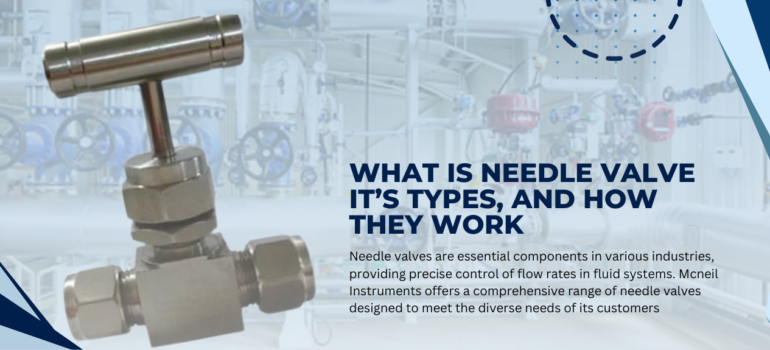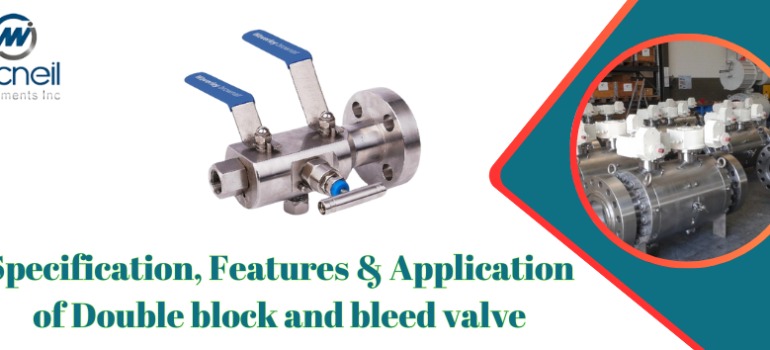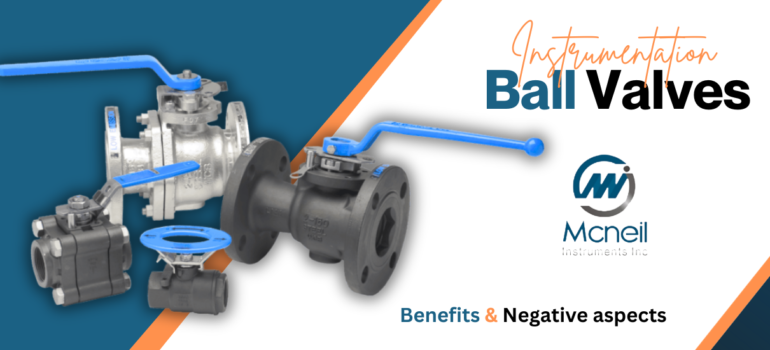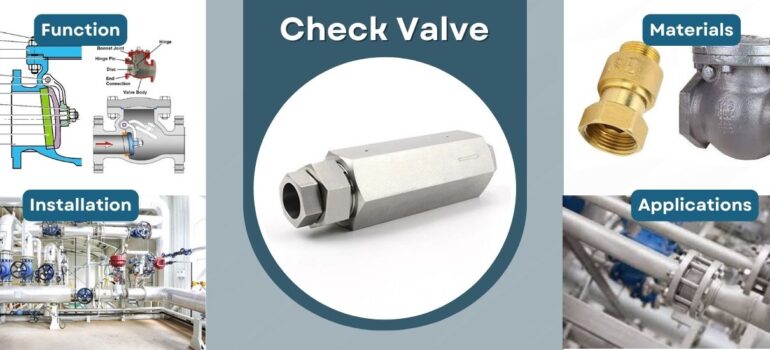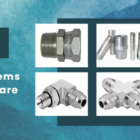Understanding Valve Manifolds for Pressure Transmitters: Types, Functions, and Applications
Valve manifolds are essential components in managing pressure transmitters, streamlining pressure measurement systems, and ensuring operational efficiency. This comprehensive guide delves into the types of valve manifolds for pressure transmitters, their functions, specifications, and applications, while incorporating key terms like manifold valve for pressure gauge, high-pressure manifold valve for transmitters, and more.
What is a Valve Manifold for Pressure Transmitters?
A valve manifold for a pressure transmitter is a specialized assembly designed to consolidate multiple valve functions into a single unit. This integration simplifies the management of pressure transmitters, facilitating isolation, venting, draining, and pressure equalization. Valve manifolds enhance the accuracy and reliability of pressure measurement systems while making maintenance and calibration processes more efficient.
Importance of Valve Manifolds
- Centralized Control: Valve manifold systems for pressure transmitters provide a centralized point for managing pressure transmitters, reducing system complexity.
- Maintenance and Calibration: They allow easy isolation of pressure transmitters, enabling straightforward maintenance or calibration without disrupting the entire system.
- Safety: Valve manifolds ensure safe operation by allowing controlled isolation and venting, thereby preventing potential hazards.
Types of Valve Manifolds for Pressure Transmitters
Valve manifolds come in various configurations to meet different operational needs. Here’s a breakdown of the main types:
1. Two-Valve Manifold
Description: A two-valve manifold includes one isolation valve and one vent valve. This basic configuration is suited for simple pressure measurement systems.
Applications: Ideal for straightforward systems requiring basic isolation and venting.
Function:
- Isolation Valve: Separates the pressure transmitter from the process.
- Vent Valve: Releases pressure or gases from the system.
Specifications:
- Ports: Typically two ports.
- Material: Stainless steel or carbon steel.
- Pressure Rating: Suitable for a range of pressures.
2. Three-Valve Manifold
Description: The three-valve manifold features two isolation valves and one equalizing valve. This setup is used when pressure equalization is needed before isolating the transmitter.
Applications: Common in systems where balancing pressure between the transmitter and the process is crucial.
Function:
- Isolation Valves: Isolate the transmitter from the process.
- Equalizing Valve: Balances pressure before isolation.
Specifications:
- Ports: Usually three ports.
- Material: Stainless steel, carbon steel, or other alloys.
- Pressure Rating: Designed for various pressure conditions.
3. Five-Valve Manifold
Description: A five-valve manifold includes two isolation valves, one equalizing valve, one vent valve, and one drain valve. This advanced configuration is suitable for complex systems.
Applications: Ideal for sophisticated systems requiring multiple functions such as isolation, pressure equalization, venting, and draining.
Function:
- Isolation Valves: Separate the transmitter from the process.
- Equalizing Valve: Ensures pressure balance.
- Vent Valve: Allows controlled pressure release.
- Drain Valve: Removes accumulated fluids.
Specifications:
- Ports: Typically five ports.
- Material: High-grade materials like stainless steel or exotic alloys.
- Pressure Rating: Suitable for high-pressure and varying conditions.
How Valve Manifolds for Pressure Transmitters Function
Valve manifolds for pressure transmitters manage the flow of fluids and gases through a network of valves. Here’s a detailed look at their functionality:
- Isolation: Manifold valve assemblies for pressure transmitters allow isolation of the pressure transmitter from the process, facilitating safe maintenance or replacement.
- Equalization: The equalizing valve balances pressure between the transmitter and the process, ensuring accurate readings.
- Venting: The vent valve controls the release of pressure or gases, crucial for safe operation.
- Draining: The drain valve helps remove any accumulated fluids, maintaining system efficiency and preventing blockages.
Specifications for Valve Manifolds
When selecting a valve manifold for pressure transmitters, consider the following specifications:
- Material: Manifold valves are commonly made from stainless steel, carbon steel, or exotic alloys. The material must be compatible with the process fluid and environmental conditions.
- Pressure Rating: Ensure the manifold can handle the maximum pressure of your system. Check the manufacturer’s specifications for accurate pressure ratings.
- Temperature Range: Choose a manifold that operates effectively within the temperature range of your application.
- Port Configuration: Select a manifold with the appropriate number of ports and valve configurations based on your system’s requirements.
Valve Manifold Solutions for Pressure Transmitters
Various valve manifold solutions are available to address different needs. Here’s a look at some options:
1. Industrial Valve Manifold for Pressure Transmitters
Description: Designed for robust industrial applications, these manifolds handle demanding environments and high pressures.
Applications: Ideal for heavy-duty industries like oil and gas, chemical processing, and water treatment.
Features:
- Material: High-strength materials suitable for harsh conditions.
- Pressure Rating: Capable of handling high-pressure applications.
2. High-Pressure Manifold Valve for Transmitters
Description: These manifolds are engineered to withstand extremely high pressures, ensuring reliable performance in high-pressure systems.
Applications: Used in applications where pressure levels exceed standard ratings.
Features:
- Material: High-grade alloys designed for high-pressure environments.
- Pressure Rating: High-pressure tolerance for demanding applications.
3. Pressure Transmitter Manifold System
Description: A comprehensive system that includes various valve configurations for managing pressure transmitters in complex setups.
Applications: Suitable for systems requiring integrated functions such as isolation, venting, and equalization.
Features:
- Components: Includes a combination of isolation, equalizing, venting, and draining valves.
- Customizable: Configurations can be tailored to specific needs.
Pressure Transmitter Valve Assemblies and Components
Pressure transmitter valve assemblies and components are crucial for efficient and accurate pressure management. Here’s an overview:
- Pressure Transmitter Valve Manifold: Combines multiple valves into a single unit for streamlined control and maintenance.
- Manifold Valve Assemblies for Pressure Transmitters: Assemblies that include various valve types for comprehensive system management.
- Pressure Transmitter Manifold Valve Configurations: Different configurations of manifold valves tailored to specific application requirements.
- Pressure Transmitter Manifold Components: Individual components that make up the manifold system, such as isolation valves, equalizing valves, and vent valves.
Applications of Valve Manifolds for Pressure Transmitters
Valve manifolds for pressure transmitters are utilized in a wide range of applications, including:
- Oil and Gas: Manifold valve systems manage high-pressure environments and ensure accurate pressure readings in oil and gas operations.
- Chemical Processing: They control aggressive fluids and high-pressure conditions in chemical processing facilities.
- Water and Wastewater Treatment: Valve manifolds help manage pressure in water treatment plants and wastewater facilities.
- Pharmaceutical Manufacturing: They maintain precise pressure control, ensuring quality and safety in pharmaceutical production.
Choosing the Right Valve Manifold System
Selecting the right valve manifold system for pressure transmitters involves understanding your specific needs. Here’s a guide to help you choose:
- Assess Your Requirements: Determine the complexity of your system and the necessary functions, such as isolation, equalization, venting, and draining.
- Consult Experts: Work with manufacturers or suppliers who can provide guidance on selecting the best valve manifold based on your application and pressure requirements.
- Consider Maintenance: Opt for a manifold that allows for easy maintenance and calibration to minimize operational disruptions.
Valve manifolds for pressure transmitters are vital components in managing pressure measurement systems across various industries. By understanding the different types such as two-valve, three-valve, and five-valve manifolds and their functions, you can make informed decisions to enhance system performance and safety. Whether you need a basic valve manifold for pressure gauges or a complex pressure transmitter manifold system, selecting the right components ensures accurate pressure measurements and efficient operations.
For more information on valve manifold solutions for pressure transmitters or to explore our range of products, including high-pressure manifold valves and industrial valve manifolds, contact us today!




